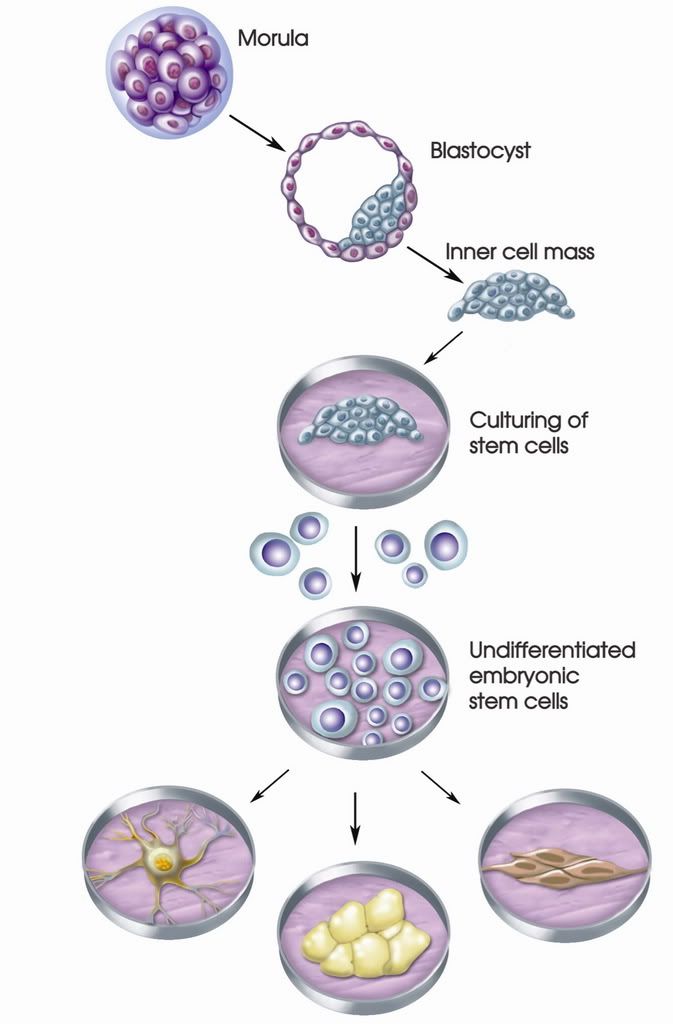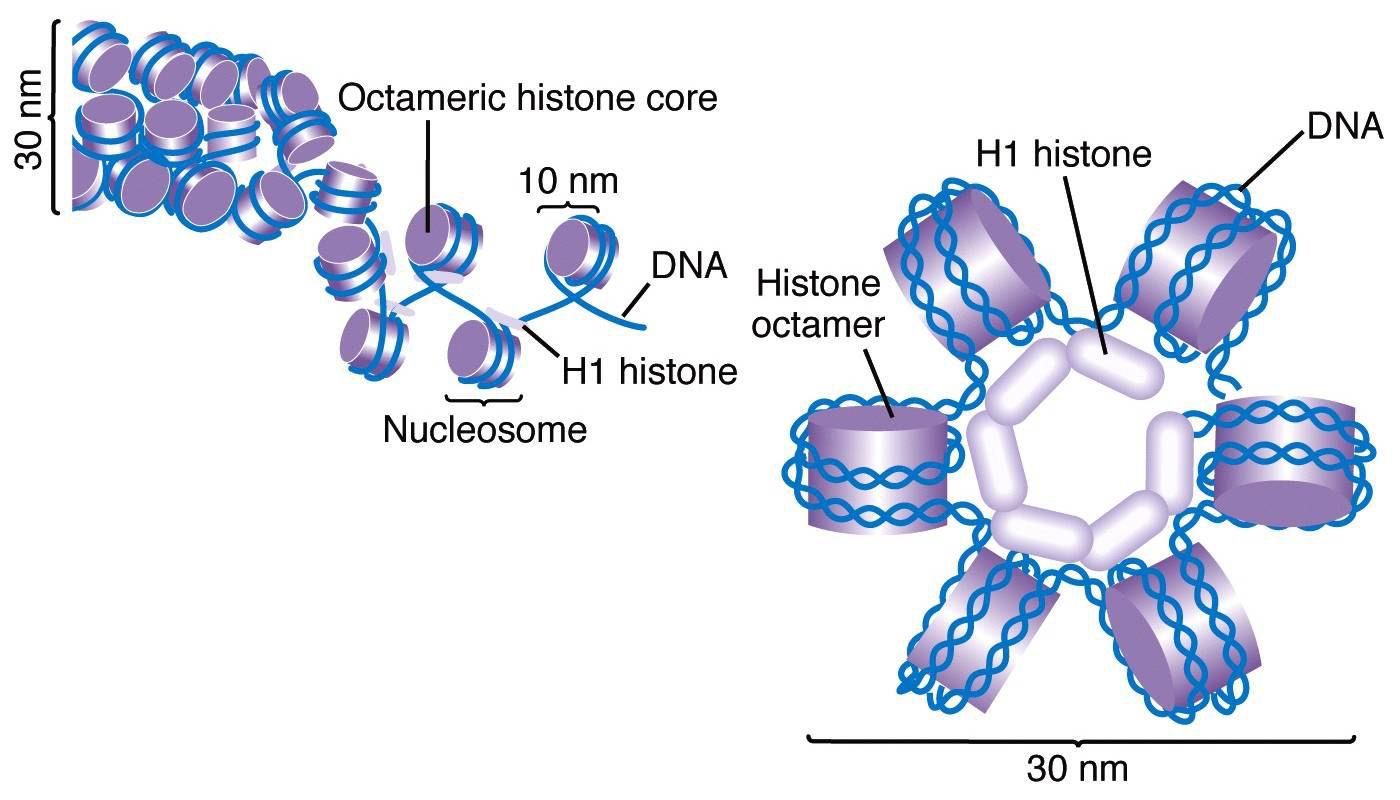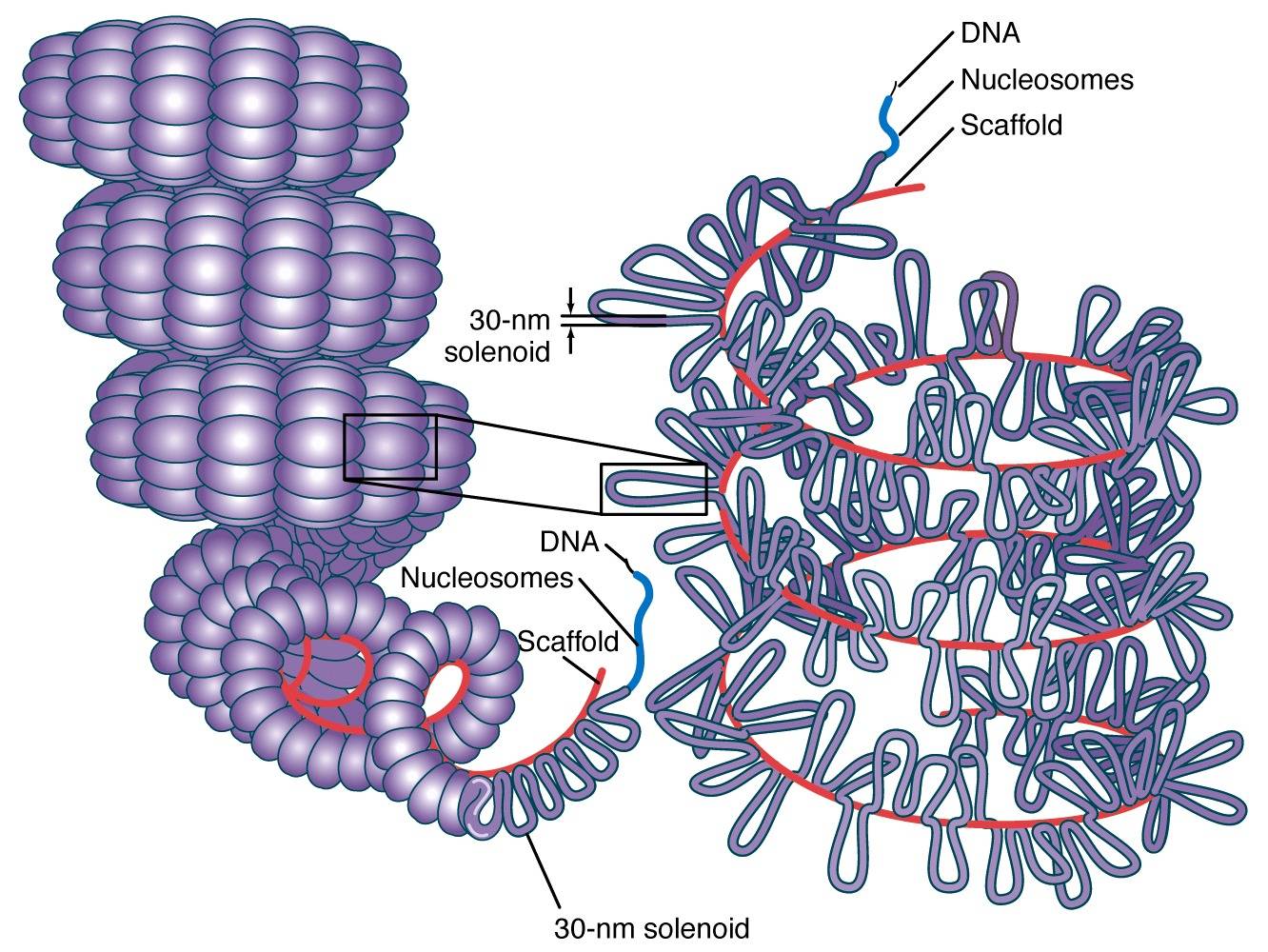NERVE IMPULSE
Neurons send messages electrochemically i.e chemicals(ions) cause an electric impulse.Neurons and muscle cells are electrically excitable and can transmit electrical nerve impulses.
SODIUM-POTASSIUM PUMP & ION CHANNELS:
A transport protein embedded in the cell membrane acts as "Sodium/potassium/ATPase".
It works to release the Na+ ions outside and K+ ions inside using ATP.
To check the function of Sodium-Potassium pump,there are also Na+ K+ ion channels in the membrane which when closed still leak allowing sodium inside and potassium outside down their concentration gradient.
THE RESTING MEMBRANE POTENTIAL:
The combination of Sodium Potassium pump and ion channels causes a stable imbalance of ions across the membrane.This imbalance of ions creates a potential difference between the inside of the neuronal membrane and its surroundings called the RESTING MEMBRANE POTENTIAL.
It is always negative inside the cell membrane and positive outside due to the presence of -vely charged proteins and +vely charged Na+ respectively.
In humans it is -70 mV.
ACTION POTENTIAL:
"WHEN A STIMULUS IS APPLIED, A BRIEF REVERSAL OF THE MEMBRANE POTENTIAL LASTING FOR ABOUT A MILLISECOND OCCURS.THIS IS CALLED THE ACTION POTENTIAL"
ALL OR NOTHING LAW:
The action potential only occurs if the stimulus causes enough sodium ions to cross the membrane to change the membrane potential to a certain threshold (-30 mV) in humans.At this point Na+ rush inside.If depolarization is not strong enough to reach the threshold then no action potential is generated.
DEPOLARIZATION:
When stimulated past threshold,sodium channels open and Na+ ions rush inside creating a region of positive charge within.This is called depolarization.

The region of positive charge causes the nearby voltage gated sodium channels to close.
REPOLARIZATION:
Just after the Na+ channels close,the K+ channels open wide and K+ ions enter the cell bringing the charge across the membrane back to normal.This is called REPOLARIZATION.
PROPAGATION OF IMPULSE:
The process continues as a chain reaction along the axon membrane.The influx of Na+ depolarizes and outflow of K+ repolarizes the membrane.
REFRACTORY PERIOD:
The time period within which the sodium and potassium are returned to their rightful places on either side of the membrane through the ATP pump is called refractory period.
While the neuron is in this period ,it doesn't respond to any stimulus.
SYNAPSE:
The region where the impulse moves from one neuron to another is called synapse.
It consists of :
PRE-SYNAPTIC MEMBRANE:The axon terminals.
POST-SYNAPTIC MEMBRANE:The dendrite of the other neuron or in some cases the cell membrane of the muscle,this synapse is called motor-end plate.
TRANSMISSION OF IMPULSE:
- The pre-synaptic membrane,axon terminals contain many vesicles filled with neurotransmitters such as acetylcholine ,gab,serotonin,glycine ,nor-epinephrine etc.
- As the impulse is propagated to the axon terminals,calcium channels present there open and allow diffusion of Ca++ ions from synaptic cleft to synaptic membrane.
- This causes the vesicles to release the neurotransmitter into synaptic cleft.
- The neurotransmitters bind to specific receptors on the post-synaptic membrane to generate action potential in the cell.
- Neurotransmitters are then reabsorbed by the axon terminals.Ca++ ions move out.








